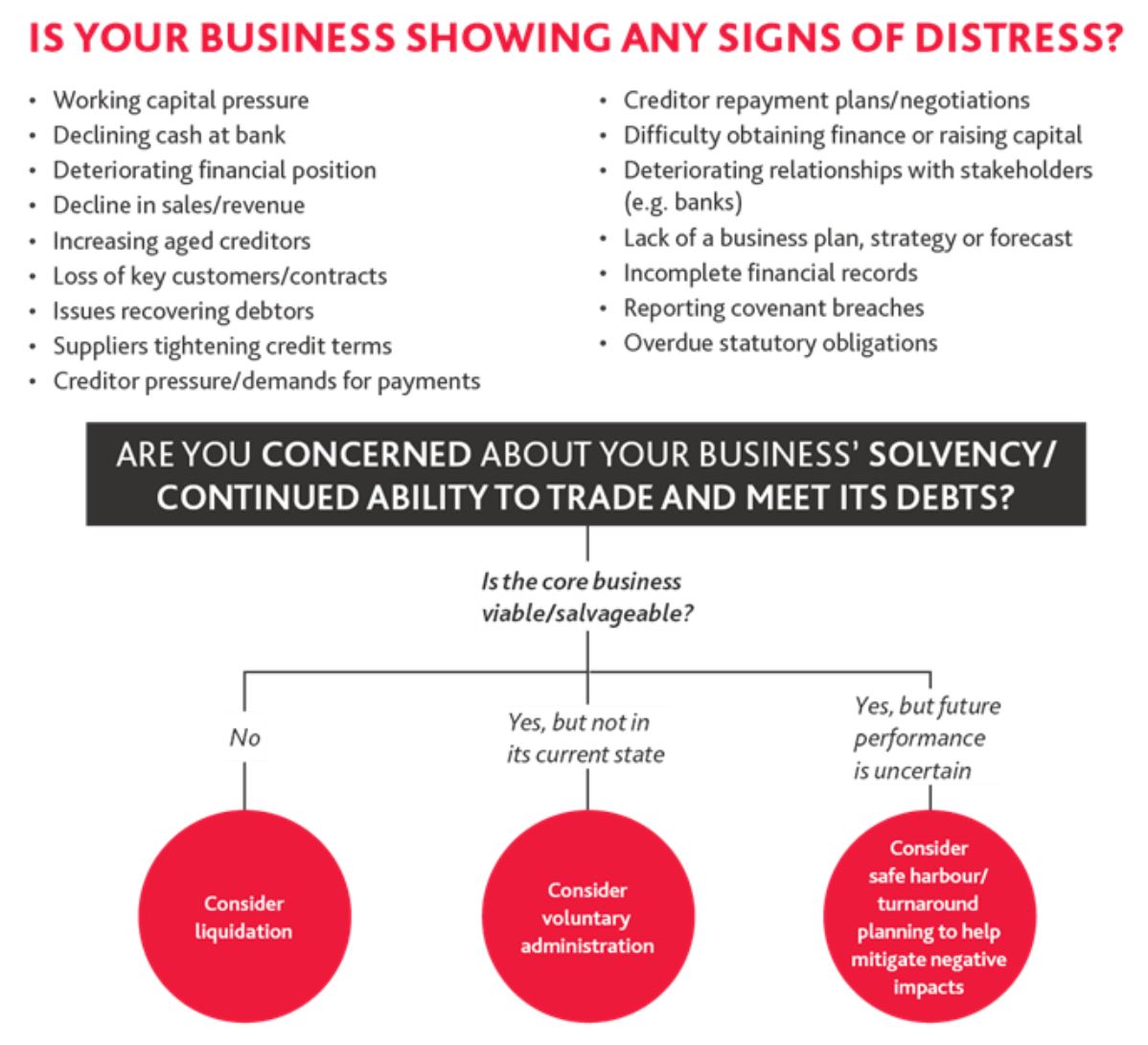For directors, it will be very important to carefully consider the information in the government’s fact sheet outlining the reform process.
BDO’s business restructuring experts identified a number of issues that a director remaining in control of a business under a Chapter 11-styled restructure would need to consider.
You’re out of free articles for this month
The reform process outlined in the fact sheet details that a director remains in control of a business’s affairs for up to seven weeks, once the business’s creditors have been notified that it has accessed the regime.
The first four weeks of the process are to enable the director and a Small Business Restructuring Practitioner to develop a plan. During the following three weeks, the business provides creditors with the plan and the opportunity to vote.
As part of the planning process, it is vital directors consider a number of commercial and practical hurdles that could affect the business’s ability to continue trading.
1. Access to credit
Any business that relies on overdraft facilities or credit cards would likely find access to these facilities is no longer available during the seven-week decision period. If this occurs, businesses will need to rely on existing cash reserves to pay suppliers and continue meeting all employee entitlements by their due date (employee entitlements being up to date is a key pillar of the proposed legislation amendment).
2. Transaction facilities
In the event of a disputed credit card transaction, the credit card provider has the right to charge back the vendor. It is unlikely they will continue to accept this risk if the business has advised it has entered into the restructuring process.
3. Impact on trading accounts
Businesses that rely on credit with suppliers are likely to find these terms restricted or cancelled. Businesses could expect to be placed on cash-on-delivery terms, and creditors may also require previous debts be paid in advance of goods being supplied.
4. Retention of title
Creditors that have retention of title claims may seek to collect their stock on hand.
5. Staffing issues
Maintaining staff engagement and morale is challenging during a trade-on. Good staff will often be approached by competitors, and increased use of sick leave is not uncommon because of the increased levels of stress on staff and as some start to seek alternate employment in case the proposed restructure is unsuccessful.
Compounding this situation is the need to assess whether there are any signs of distress that could influence the plan put in place. There are many signals that a business may be facing challenging times ahead, but with a logical decision-making approach, the available options can be identified and considered as part of the plan.

During a formal voluntary administration process, an administrator is personally liable for debts incurred. This personal liability is also generally supported by various insurance policies put in place by the administrators and held by the administrator’s firms.
It is these additional creditor protections in place during a voluntary administrator that are most often the tipping point for a creditor to decide to continue to trade after being made aware of an appointment, and these types of creditor protections appear to be lacking in the proposed reform process.
Andrew Fielding, national leader for business restructuring, BDO

 Login
Login







